- Car
- Mercedes-Benz
- Mercedes-Benz 123 (39 offers)
Classic Mercedes-Benz 123 for Sale
The Mercedes-Benz W 123 classic car, manufactured between 1976 and 1986, stands out for its durability and reliability. As the successor to the Stroke/8 series and the predecessor to the modern E-Class, the 123 set new standards in comfort, safety, and technology in the executive class. Today, it’s a sought-after classic, admired for its elegant lines and solid craftsmanship, appealing both as a collectible and a practical everyday classic car. Discover everything you need to know about the W 123's history, popular models, and key considerations when purchasing.
Search results

1979 | Mercedes-Benz 230 T
Clima / tetto apribile
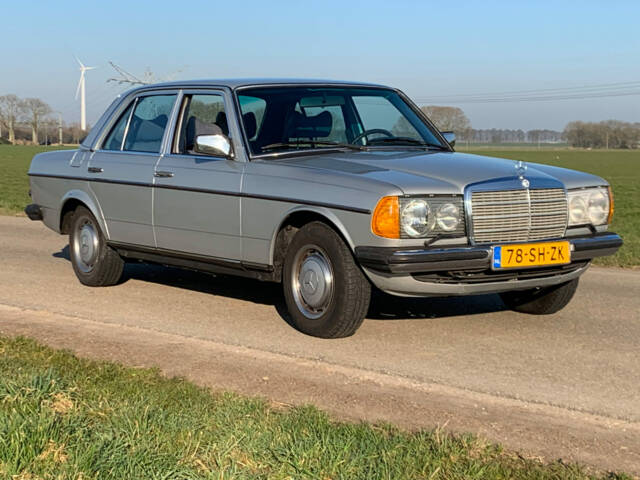
1978 | Mercedes-Benz 250
Mercedes-Benz 250 | 1978
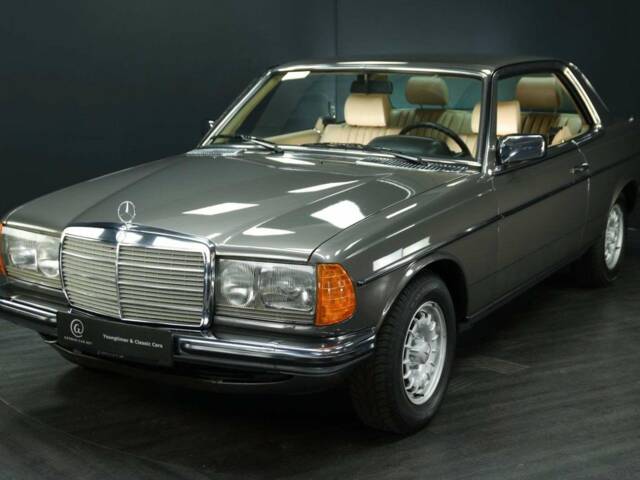
1984 | Mercedes-Benz 280 CE
Mercedes-Benz 280 CEAut./Klima/Airb./Leder/elFH/Sitzheizg/CD
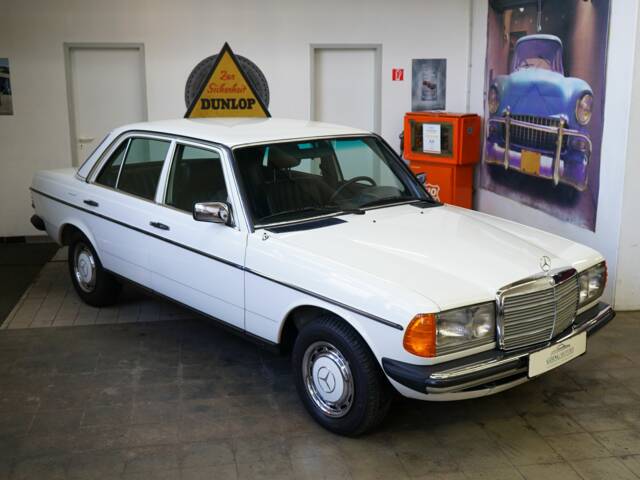
1984 | Mercedes-Benz 300 D
Original 19.893km mit Leder und Klima
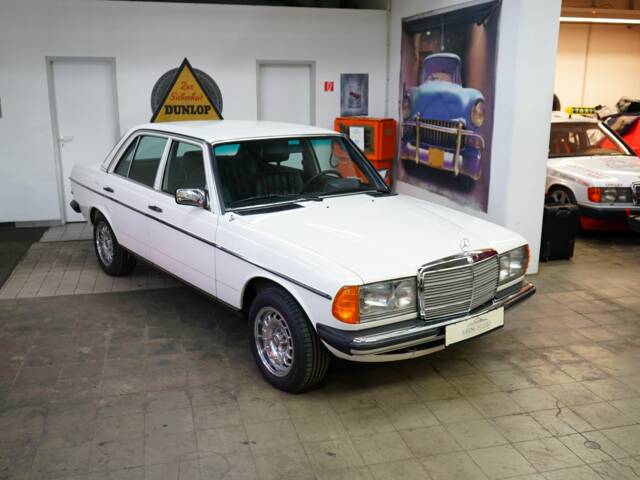
1984 | Mercedes-Benz 300 D
Original 19.890km mit Leder und Klima
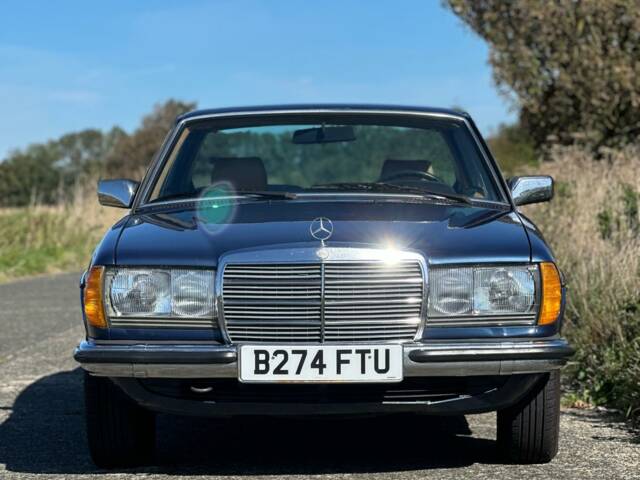
1985 | Mercedes-Benz 280 CE
Rare W123 Coupe Rust Free Classic
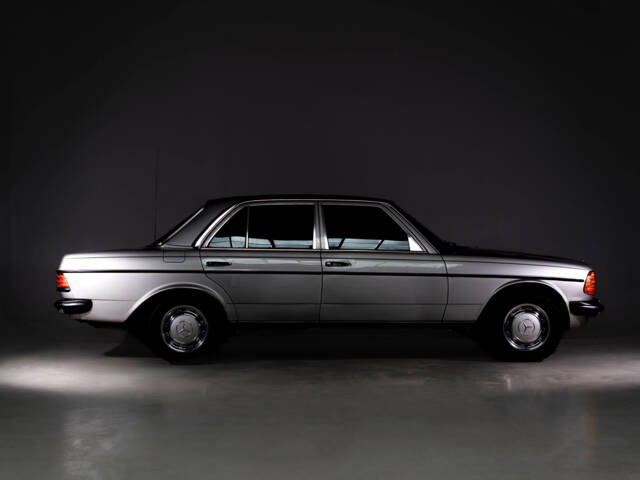
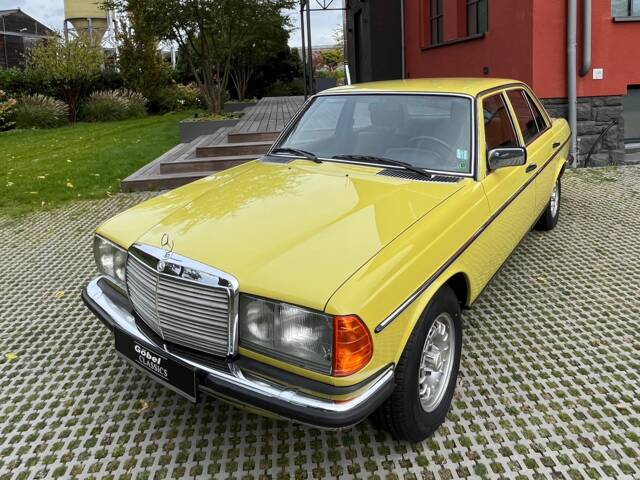
1979 | Mercedes-Benz 280 E
Schöner W123 mit dem M110 Motor - Eisgestrahlt und Konserviert.
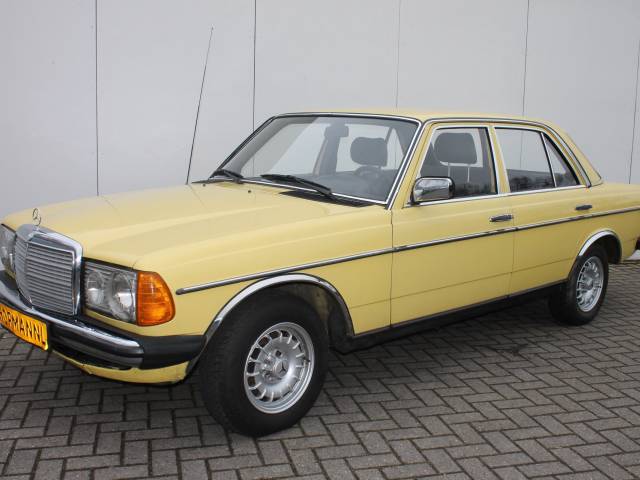
1982 | Mercedes-Benz 200 D
Mercedes-Benz 200-serie 200 D
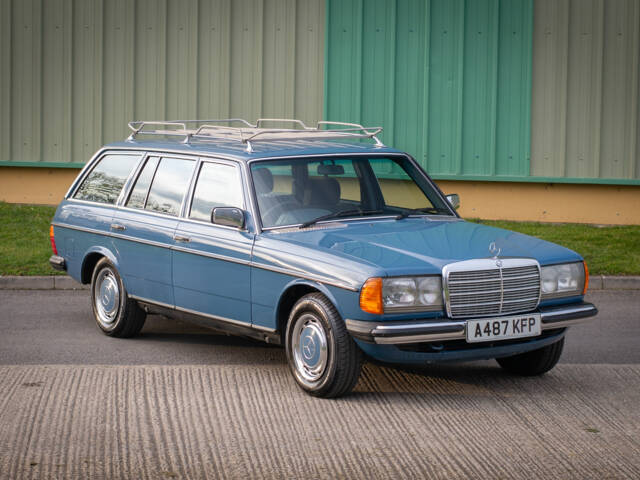
1984 | Mercedes-Benz 280 TE
RHD, Auto, AC, Velour - Rare Car
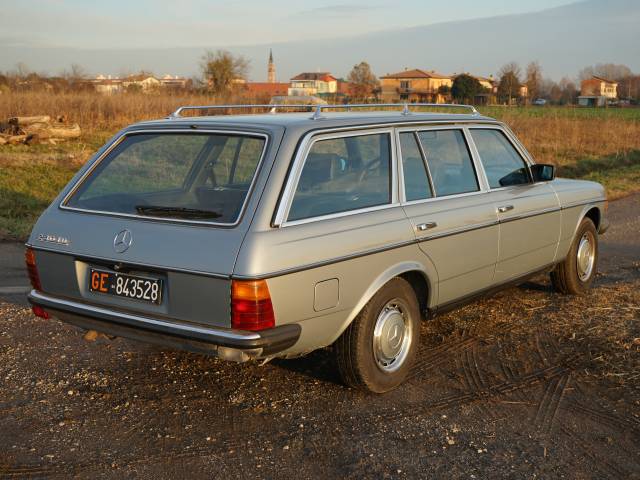
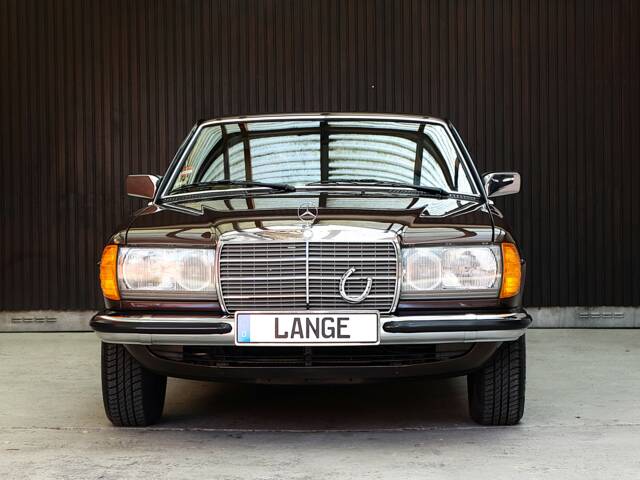
1983 | Mercedes-Benz 230 CE
German 230 CE with only 18,890 km, AS NEW!!!!!!!
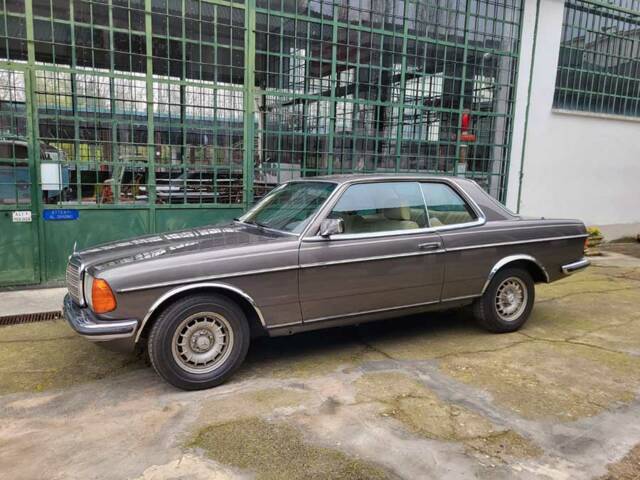
1983 | Mercedes-Benz 280 CE
Mercedes 280 CE W123 – 1983

1977 | Mercedes-Benz 230 C
Mercedes-Benz W123 230C Bahr Cabrio – Classic Elegance Under the Open Sky
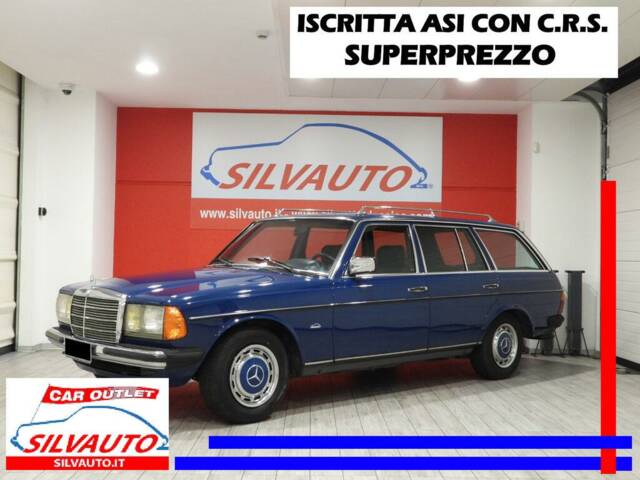
1983 | Mercedes-Benz 200 T
MERCEDES-BENZ 200T W123 (1983) ISCRITTA ASI CON C.R.S. – SUPERPREZZO
Mercedes-Benz 123 Classic Cars: History
Introduced in January 1976, the Mercedes-Benz W 123 quickly became one of Mercedes-Benz's most successful models, designed as a successor to the Stroke/8. With over 2.7 million units produced, it was popular among both business people and families. Its exceptional quality and diverse range of engines, from efficient diesels to powerful six-cylinder models, made it a versatile choice.
Notably, the introduction of the T-Model (S 123) in 1977 marked Mercedes-Benz's foray into the estate car market. It became synonymous with spacious family vehicles. The 123 also set benchmarks in safety featuring reinforced crumple zones, optional ABS from 1982, and advanced suspension systems like double wishbone front suspension for high driving comfort. The W 123 remains a symbol of German engineering excellence and durability.
Popular Mercedes-Benz 123 Classic Car Models
- Mercedes-Benz 200/230 (1976-1986): Entry-level models with robust four-cylinder engines, known for reliability. The 200 housed a 2.0-liter engine producing 94 hp, while the 230 was a best seller with its 2.3-liter engine.
- Mercedes-Benz 240 D (1976-1985): Favored by long-distance and taxi drivers, it featured a 2.4-liter diesel engine, delivering between 65 hp (48 kW) and 72 hp (53 kW) post-1978 upgrade. Fuel consumption ranged from 7.1 to 8.5 liters per 100 km, offering an economical driving experience.
- Mercedes-Benz 280 E (1976-1985): The powerhouse of the series, equipped with a six-cylinder inline engine and injection. With up to 185 hp, it combined sporty performance with luxury features like leather seats and high-quality interiors.
- Mercedes-Benz 230 C/280 CE (1977-1985): The W 123 coupé, also known as the C 123, blended stylish design with the technical prowess of the sedan. The 230 C offered a 2.3-liter engine (109 hp), while the more powerful 280 CE housed a six-cylinder engine with up to 185 hp. The 280 CE coupé is highly sought after by collectors.
- Mercedes-Benz 300 TD (1978-1986): The estate (T-Model) with a diesel engine, stood out among spacious vehicles. The 300 TD with a 3.0-liter turbo diesel delivered 125 hp, impressive load capacity, and towing ability, making it a preferred choice for families and business. The fuel consumption hovered between 9 to 10 liters per 100 km.
Special Features of the Mercedes-Benz 123 Classic Car
The Mercedes-Benz 123 classic car series is renowned for its robust construction and longevity. Even decades later, many units are still operational, a testament to the quality infused in this series. The series was among the first Mercedes-Benz passenger cars to feature turbo diesel engines. Highlights include roomy interiors and exceptional driving comfort. The plentiful availability of replacement parts, especially for diesel variants, alongside the classic Mercedes look with round headlights and chrome bumpers, contribute to the W 123's status as a beloved classic car.
Key Purchase Criteria for Mercedes-Benz 123 Classic Cars
- Rust: Despite the robust build, W 123 models are prone to rust, particularly around wheel arches, underbody, and door edges. Meticulous examination of the bodywork is crucial.
- Technical Condition: High mileage is common, given their use as taxis or company cars. Ensure the engine is well-maintained without unusual noises or smoke emissions.
- Originality: For coupé models and the 280 E versions, maintaining original parts and paintwork significantly enhances value. Look for matching numbers.
- Features: Models with extras like air conditioning, automatic transmission, or sunroof are especially valuable and sought-after in the market.
Mercedes-Benz 123 Classic Car Specifications
Here’s an overview of key specifications and characteristics of the most popular Mercedes-Benz 123 classic cars:
| Model Series | Model Designation | Series | Production Years | Body Styles | Engine | Power |
|---|---|---|---|---|---|---|
| Mercedes-Benz 123 | 200 | W 123 | 1976-1986 | Sedan | 2.0-liter inline 4-cylinder | 94 hp |
| Mercedes-Benz 123 | 240 D | W 123 | 1976-1985 | Sedan | 2.4-liter inline 4-cylinder diesel | 65 hp |
| Mercedes-Benz 123 | 280 E | W 123 | 1976-1985 | Sedan, Coupé | 2.8-liter inline 6-cylinder | 185 hp |
| Mercedes-Benz 123 | 300 TD | S 123 | 1978-1986 | Estate | 3.0-liter inline 6-cylinder diesel | 88 hp |
| Mercedes-Benz 123 | 230 C | C 123 | 1977-1985 | Coupé | 2.3-liter inline 4-cylinder | 109 hp |
Restoration of Mercedes-Benz 123 Classic Cars
Restoring a Mercedes-Benz W 123 classic car can be a rewarding endeavor, especially for rare or well-equipped models like T-Models and coupés. Thanks to its sturdy construction and solid engineering, maintenance is relatively straightforward. However, rust remains a significant issue, particularly in vulnerable areas such as wheel arches and the underbody. During restoration, focus on keeping original parts, as they can increase the vehicle's value. Spare parts are still widely available, and the W 123 collector community is well-organized, simplifying the restoration process. Well-restored T-Models and coupés are particularly prized and can fetch high prices on the market.
Conclusion
The Mercedes-Benz W 123 classic car represents more than just a vehicle—it's a testament to German engineering and durability. Its reliability and timeless design make it a true classic. If you're looking to purchase a Mercedes-Benz 123, Classic Trader offers a wide selection of models in various configurations. Discover and secure your piece of Mercedes history today!
FAQs about Mercedes-Benz 123 Classic Cars
Why are Mercedes-Benz W123 classics so popular?
The W123 classic stands out for its reliability, durability, and timeless design. It is considered one of the most robust Mercedes models ever made. Additionally, the W123 offers a variety of body styles and engine options, making it appealing to different groups of buyers.
How can I find spare parts for a Mercedes-Benz 123 classic car?
Spare parts for the W 123 classic car are widely available through specialized dealers, as well as classic car clubs and forums. There is a particularly large selection of parts for diesel engines.
What should be considered when buying a Mercedes-Benz 123 series classic car?
Pay special attention to rust issues and the condition of the bodywork when examining a 123 series. A complete maintenance history is also essential to ensure the W 123 has been well looked after.